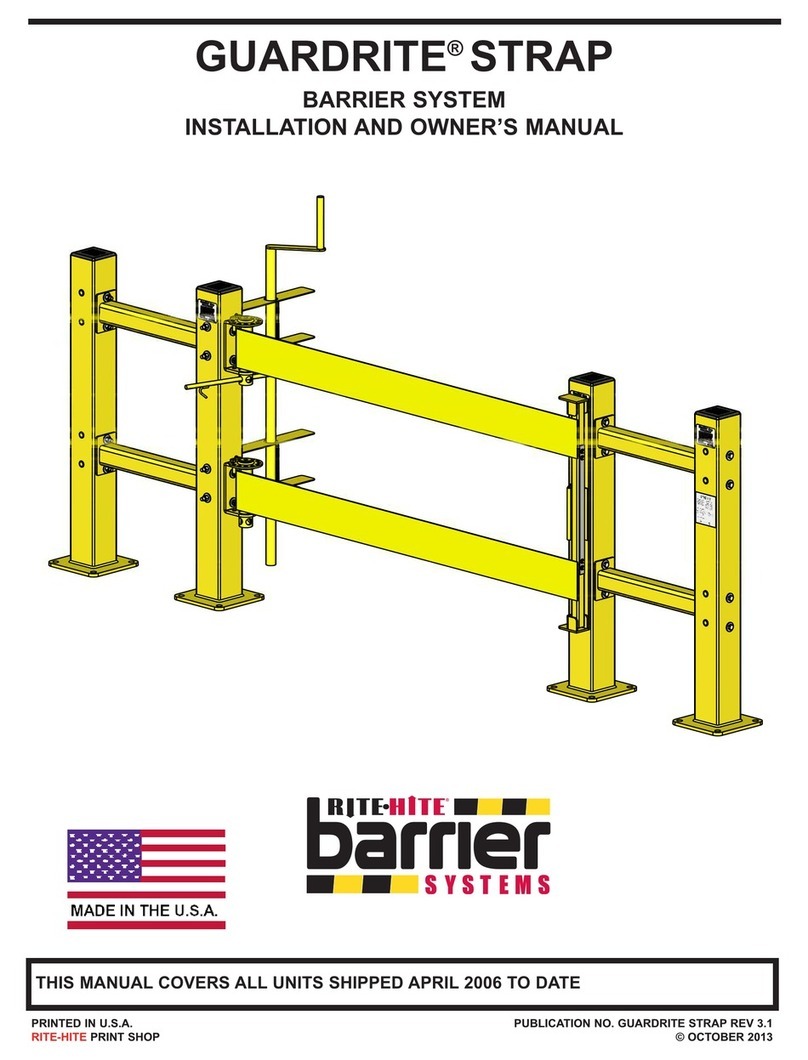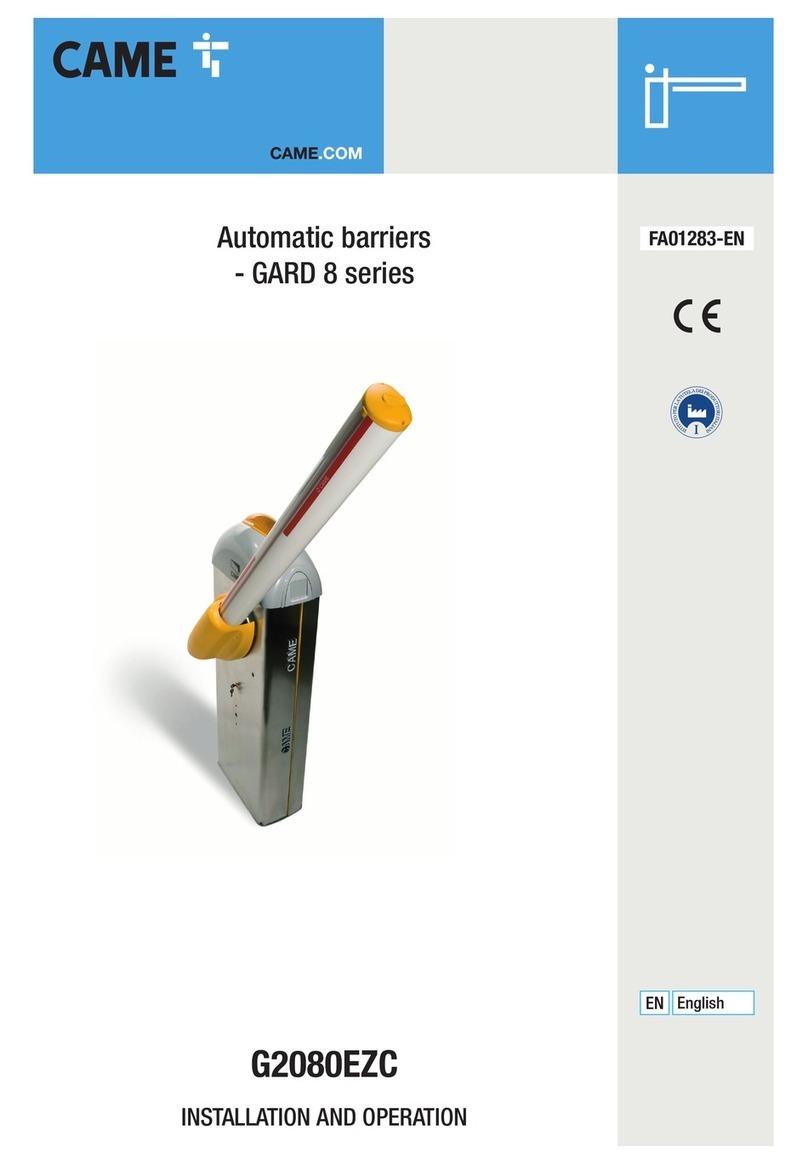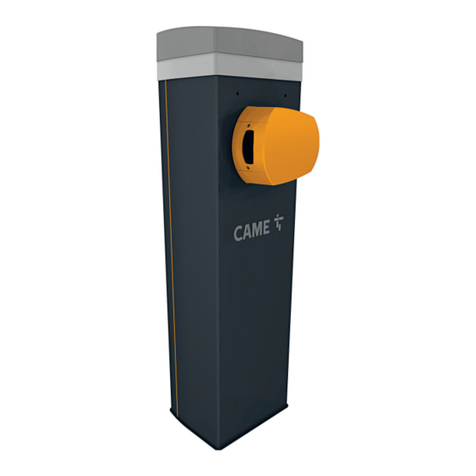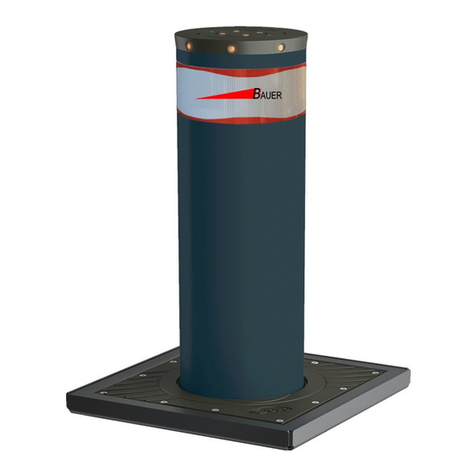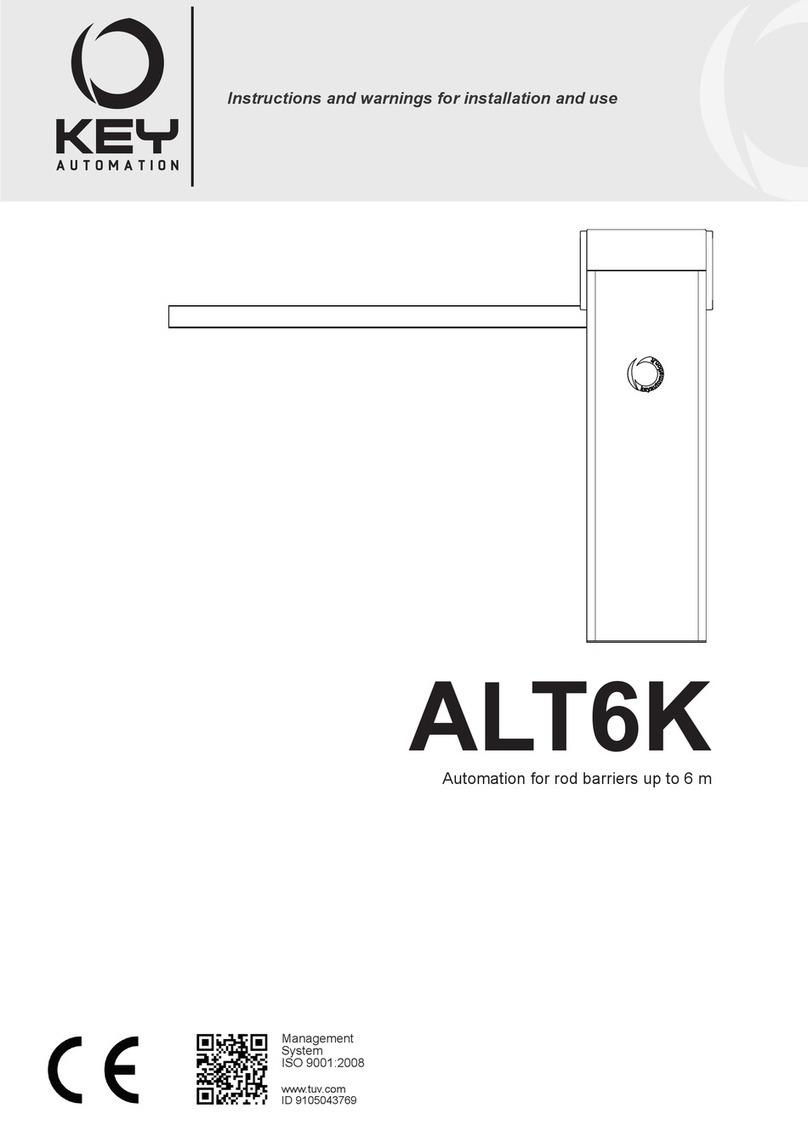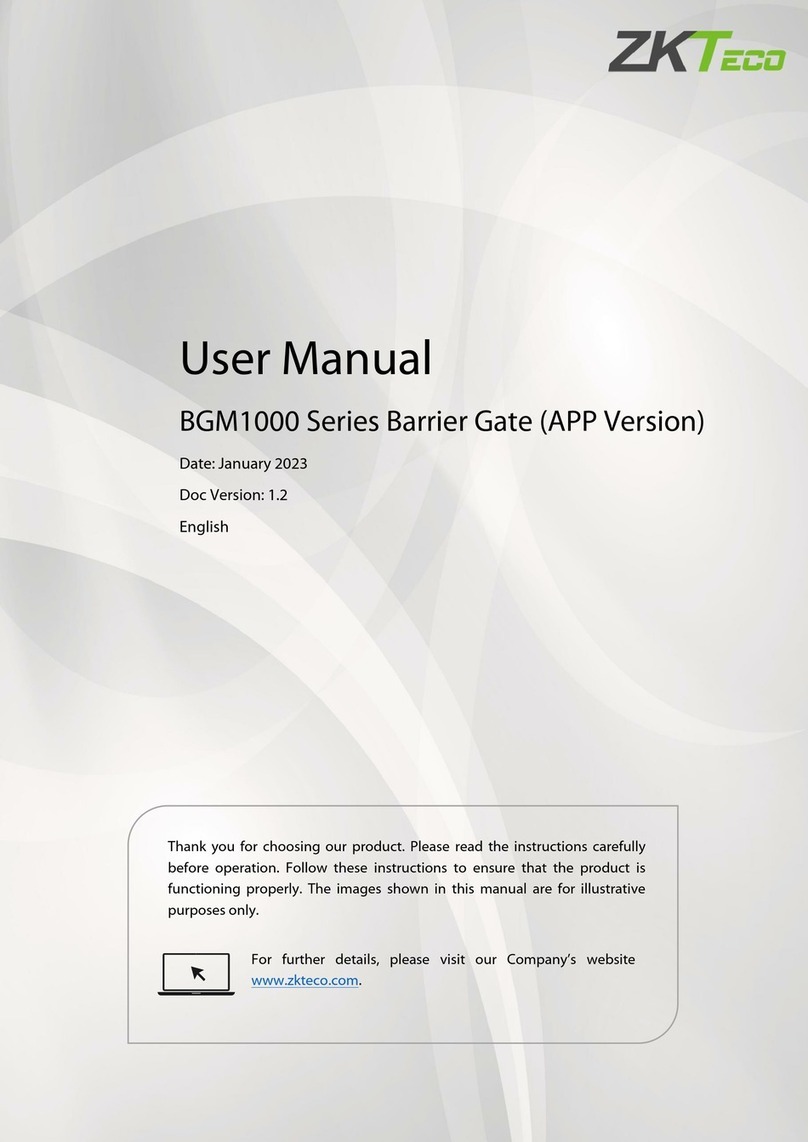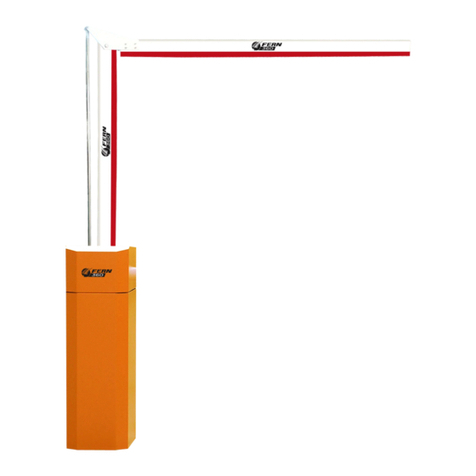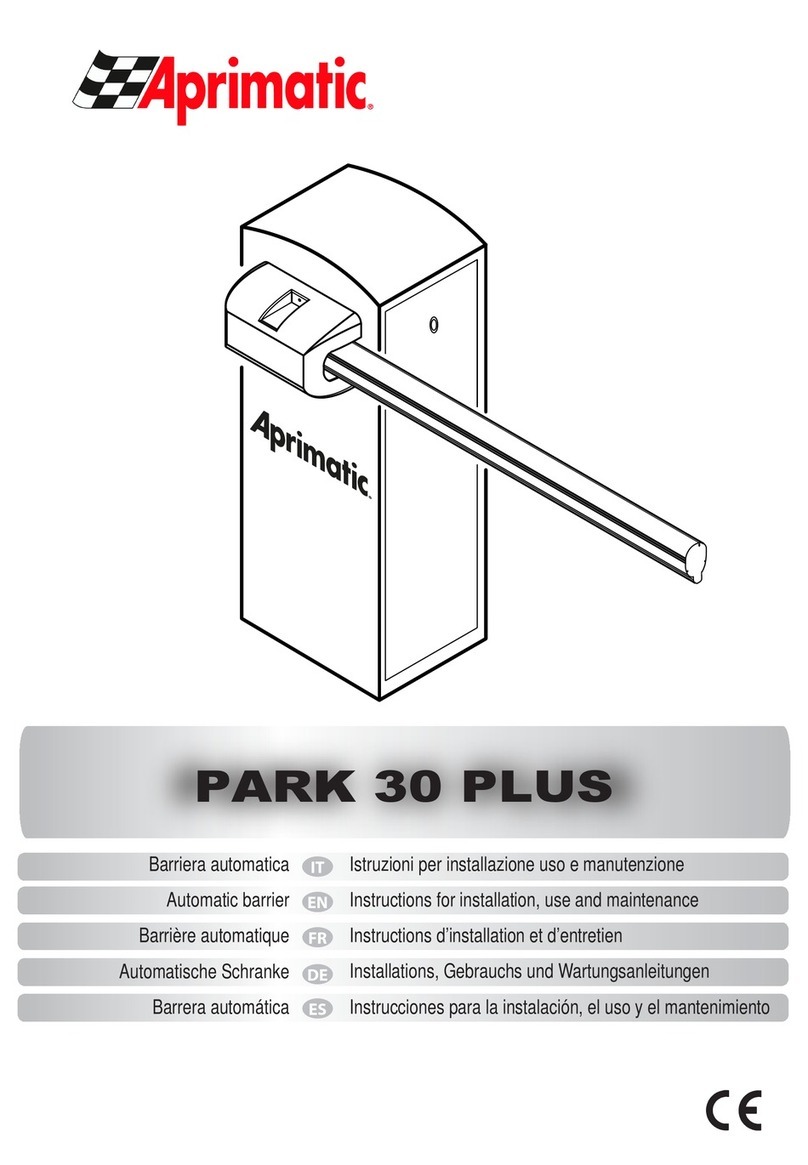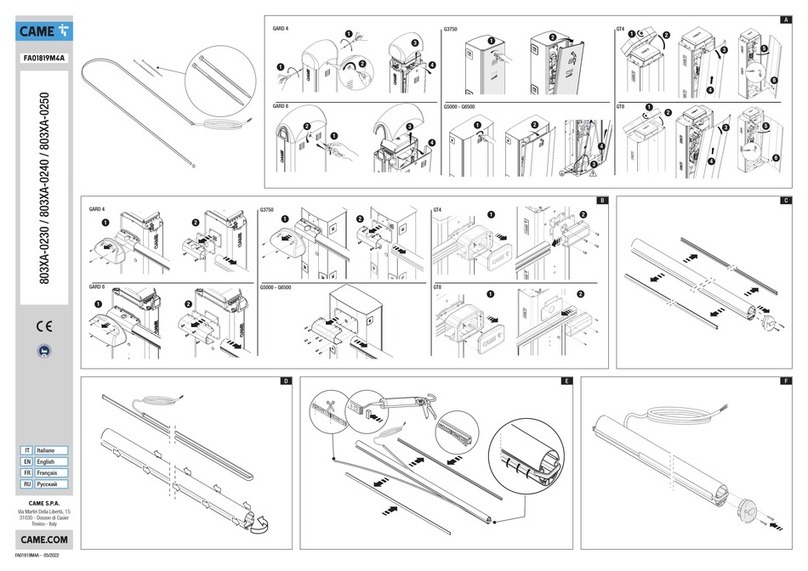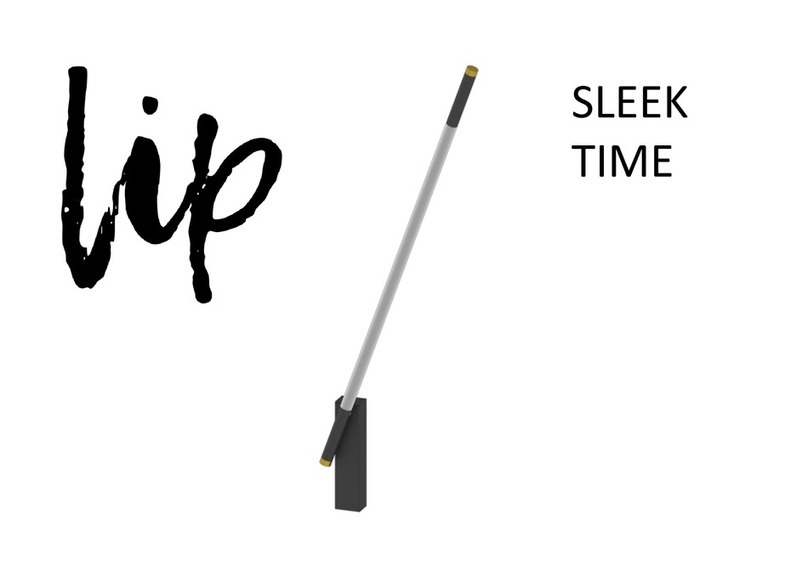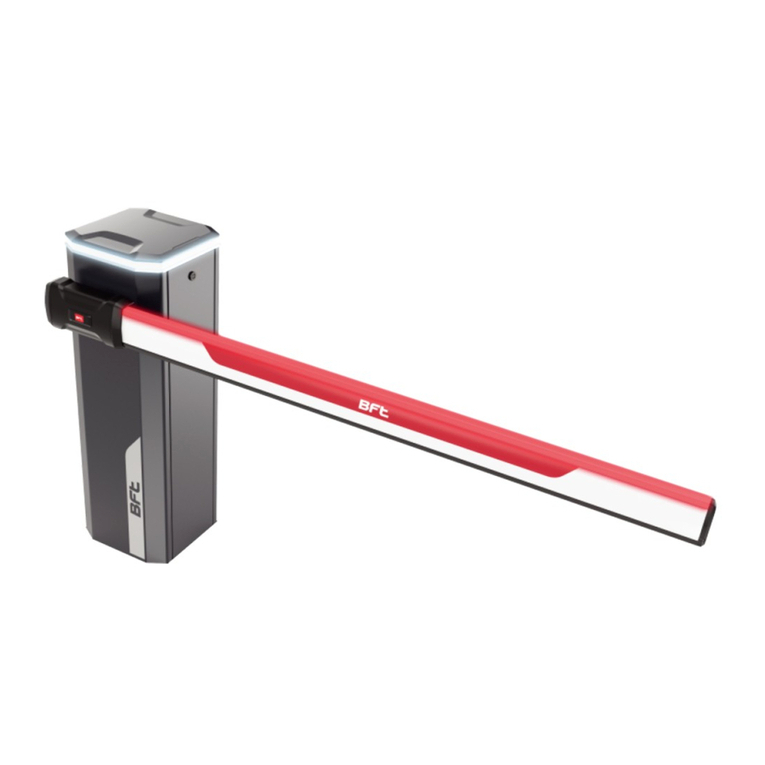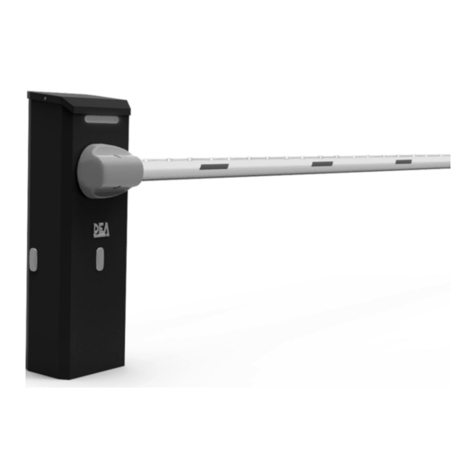
Revision 1.0
1
Table of Content
Table of Figures...................................................................................................................2
1. Important Notes......................................................................................................3
1.1 Attention.....................................................................................................3
1.2 Important Notes..........................................................................................3
1.3 General Information....................................................................................4
2. Safety Information..................................................................................................6
3. Basic Parts in Detail...............................................................................................8
3.1 General View of Liftgate .............................................................................8
3.2 Circuit Board Connector Cables .................................................................9
3.3 Control Box...............................................................................................10
3.4 Flush mounted control (optional) ..............................................................10
4. Maximum Load and Placing of Load on Platform.............................................. 11
5. Operation of Liftgate............................................................................................12
NOTE: Never slide platform in or out with load on the platform.................12
5.1 Operating the ILSL with Control Box.........................................................12
5.2 Operating the ILSL with the 3-Button flush mounted control .....................13
5.3 Operation by Hand Held Remote Control..................................................14
5.4 Operation by Foot Control ........................................................................14
6. Preventive Maintenance and Quick Check......................................................... 15
6.1 Maintenance and Care.............................................................................15
6.2 Trailer to Tractor Connection Test............................................................16
6.3 Lubrication................................................................................................17
6.3.1 Lubrication Plan..........................................................................17
6.3.2 Checking and Changing the Oil...................................................19
6.3.3 Recommended Hydraulic Fluids .................................................19
6.4 Decal Placement and Inspection ..............................................................20
6.5 Quick Check List.......................................................................................22
7. Troubleshooting...................................................................................................23
7.1 Basic Function Check...............................................................................24
7.1.1 LIFTGATE is competely DEAD (No Clicking or Movement at all) 24
7.1.2 ON-OFF switch on, but all functions are dead.............................25
7.2 Electrical and Hydraulic Schematic...........................................................26
7.2.1 Main Wiring Diagram ..................................................................26
7.2.2 Electrical Schematics..................................................................27
7.2.2.1 Control board wiring and connector setup..................... 27
